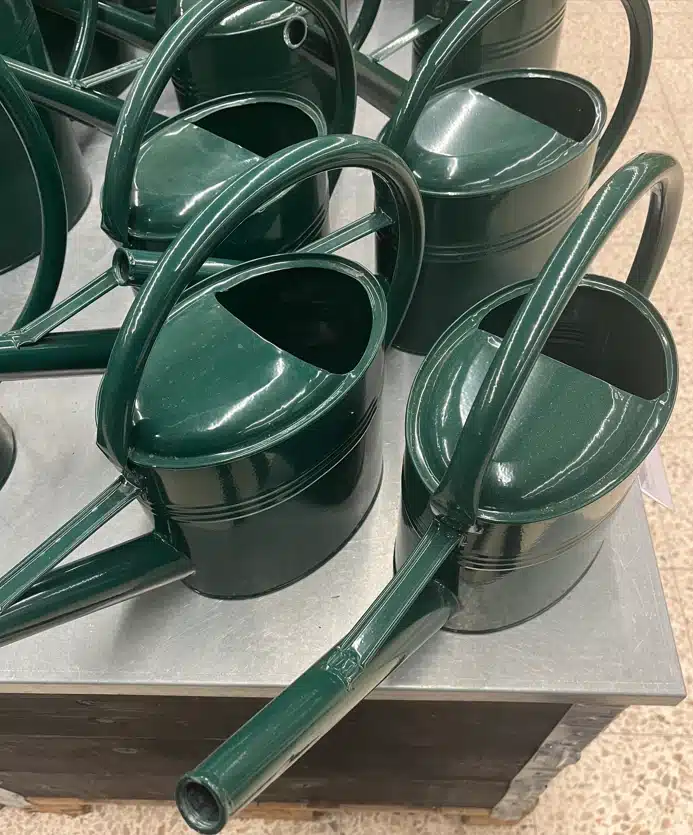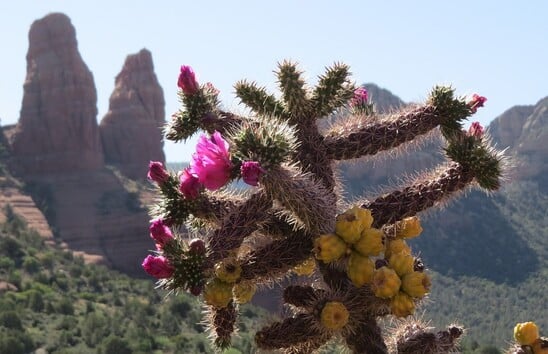FAQ - Watering succulents
Most frequent questions and answers
Succulents don’t usually need special water. Rainwater is perfect since it is a bit acidic. Since tapwater is typically less acidic, you can add a splash of vinegar to make it a little more acid. But this is usually not a major issue.
Bottom watering the pot’s tray helps the roots reach deep down in the soil and improve their strength. It can prevent fungi and bacteria from reaching the leaves. But regular watering from the top is typically fine unless very special circumstances.
It can be several reasons: A common reason is overwatering, a disease, or being attacked by pests, or if the plant is stressed.
Wait roughly a week after repotting a succulent before you start watering. So the plant has some time to settle in its new environment.
Indoor succulents typically require a bit less water since there is less air circulation that dries the soil. It also depends on the season and life-cycle.


